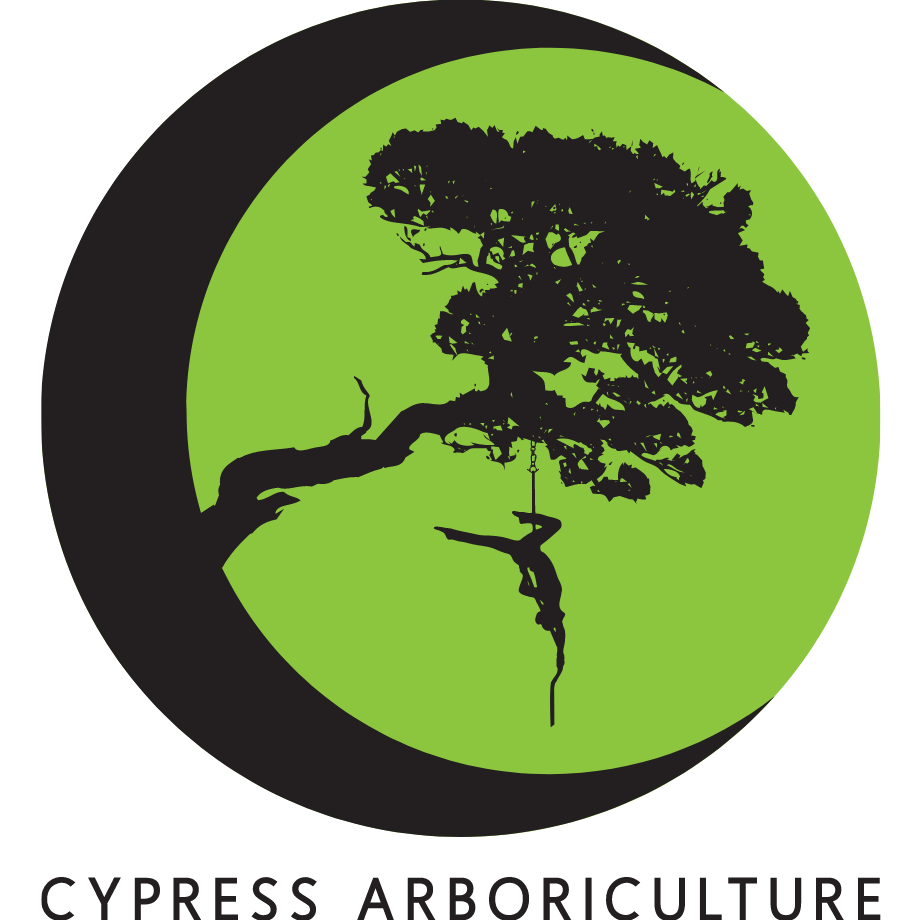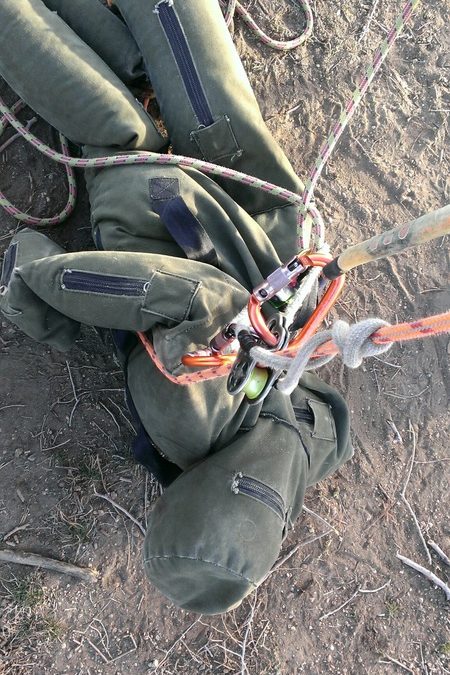Dummies In Trees: Aerial Rescue Practice
Tree care is dangerous work. Arborists climb aloft, drop branches and wood and use sharp implements in close proximity to their own limbs and tensioned safety ropes. All of our systems are reliant on tie in points which resist engineering (there has never been a tree that came with a working load limit), and the safety systems we use are only as good as the person operating them. Throw in a dose of fatigue and you can see how accidents might occasionally happen.
As professionals, we do everything we can to avoid mishaps. If we’re paying attention and using our best practices, arboriculture is safe and everyone goes home tired but happy. To this day I’ve never had to pluck myself or another climber from a compromised position (I’m knocking on wood as we speak).
But part of being safe is being prepared for the eventuality that something bad MIGHT happen. To that end, Arbor Roots’s Caleb Jones and I hauled a 250lb bean bag mannequin 30 feet into a Siberian Elm several times this Saturday to practice Aerial Rescue scenarios. First he got stuck mid-canopy, unable to lower himself (our mannequin didn’t have thumbs, it turns out), but his climbing system was still functional. I called an (imaginary) ambulance, strapped on my harness and headed up the tree to help out the hapless fellow. Maintaining verbal contact even with an unresponsive subject is important, so I walked him through my actions as I used my positioning lanyard to get control of his upper body and attach him to me. In that scenario, rescue was as easy as operating the subject’s climbing system to lower him as I descended. The lanyard kept me and the subject from swinging away from one another, and as we reached the ground I was able to gently lay him in a position the imaginary EMTs could work on him in.
From there, things got more complicated. He got stuck on ascent THREE TIMES (bean bag persons also don’t have much in the way of stamina for foot lock climbing, evidently) and Caleb and I had to improvise pick-off systems with what we had on hand. In a pick off scenario, the stranded climber must be lifted because he’s stuck on a bound ascent system or because his lines have been compromised by cutting, tangling or breakage. Our 250lb friend had to be hoisted 8″ or more in midair so he could be attached to my climbing system and released from his jammed klemheist. Since I weigh 145lbs soaking wet in boots and a jacket, I needed some mechanical advantage. Thankfully, all I needed was my handled ascender and a few carabiners to construct an effective 2:1 haul system. Thank goodness for physics!
Around sunset our heavy, floppy friend was safely on terra firma and Caleb and I had refreshed some valuable skills we hope we never have to use. Aerial Rescue is like the safety belt in your car. The vast majority of trips are blissfully uneventful, but the one time something goes wrong it comes in handy. It was a Saturday well spent, even hauling a 250 pounder repeatedly 30 vertical feet, for the peace of mind in knowing that IF the unthinkable occurs, I have the necessary aptitudes to get someone quickly and safely to the ground where they can receive the care they need.


